Or, How the Historical Labor Movement Only Touches the Tip of the Iceberg
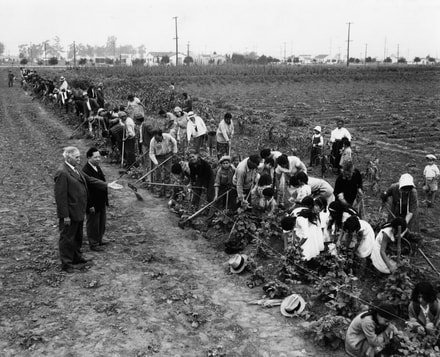
- Undocumented Immigrant Labor. While we should absolutely continue fights to raise the minimum wage to reach above poverty-levels, let us not forget to fight for the %5 of the nation's workforce who are undocumented and cannot expect even minimum wage, basic safety and other workplace rights, and may not feel they can safely file grievances or advocate for themselves. Our economy depends on these workers, most of all in our food systems; their below-poverty wages or even slavery subsidizes the cheap foods that some Americans still cannot afford.
- Child Labor. Nope, not a thing of the past even here in the U.S., as the Human Rights Watch is documenting. Written into the very Fair Labor Standards Act of 1938 -- and uncorrected since then -- is a MAJOR loophole. Functionally, the Act only sets strict limits on the "non-agricultural" labor of children and provides no oversight mechanisms for youth labor on farms. Check out this particularly heart-breaking example from World War II:
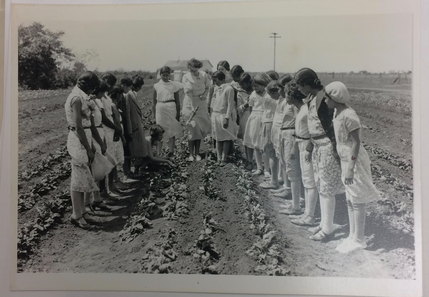
- Environmental risks to labor -- in agriculture and elsewhere. The data is adding up, although people (and the environment!) have been experiencing the deleterious effects of industrial, chemical-intensive agriculture for years. We need to not only be worried about the pesticides in the food we *eat,* but also about the workers who are exposed to those pesticides much more directly in the fields, day in and day out. Let's move beyond the consumer-centric-mindset when we think about reforming our food systems and we may just wind up with agriculture that is good for everyone: producers, workers, consumers, and the planet.
This image captures the intersection of these three themes perfectly; I snapped a pic of this photo while doing research at the National Agricultural Library, so forgive the quality. The back is captioned: "Asst. Home demonstration agent giving insect control to 4-H club members composed of Mexican girls, Wharton County, Texas. (1939). Too often, well-intentioned efforts to 'uplift' and 'improve' the lives of labor have been coming from the top-down, with all the blind spots and flaws that includes, whether in the USDA or in a union.
Let's think beyond the consumer-centric mindset to also include workers and producers when we try to reform our foodways. If we include those who grow and harvest our food in our calculus of what makes for a sustainable food systems -- and equitable labor systems -- then we just might end up with a society that is better for everyone, and for the environment too. Next labor day, I want to see more complex representations of labor than my google image search from this morning. Let's get to work.
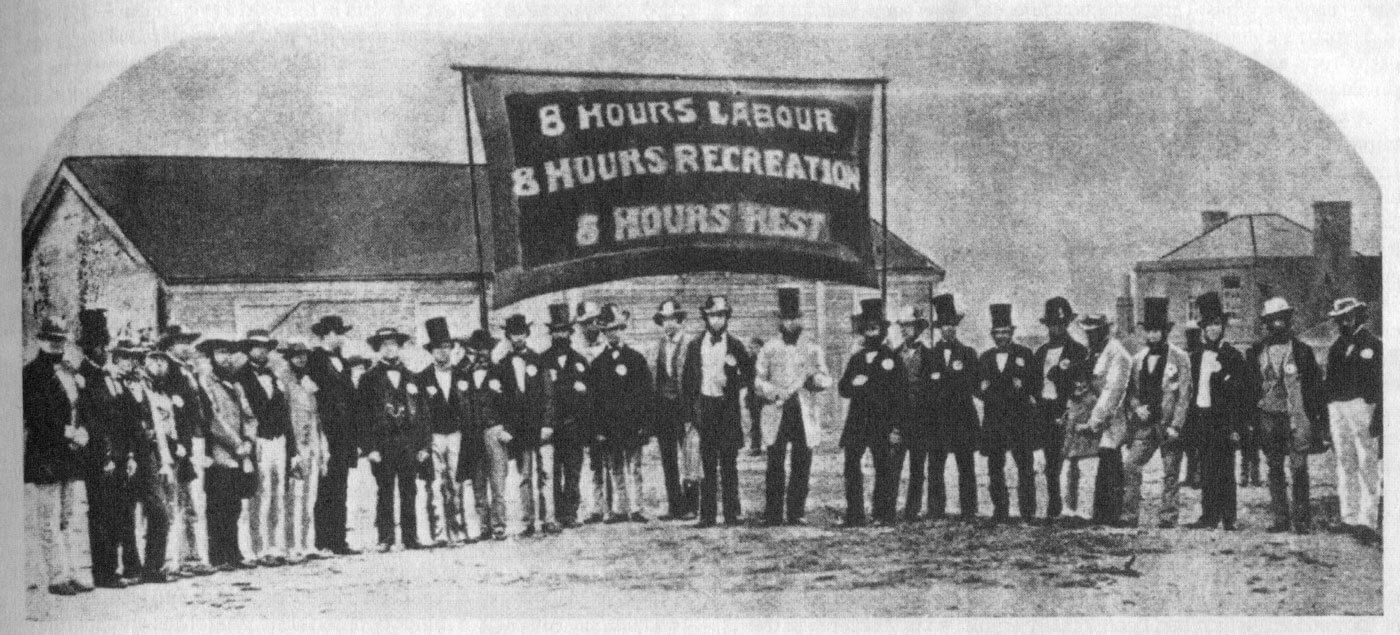
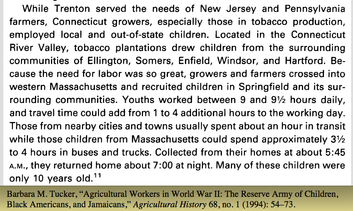
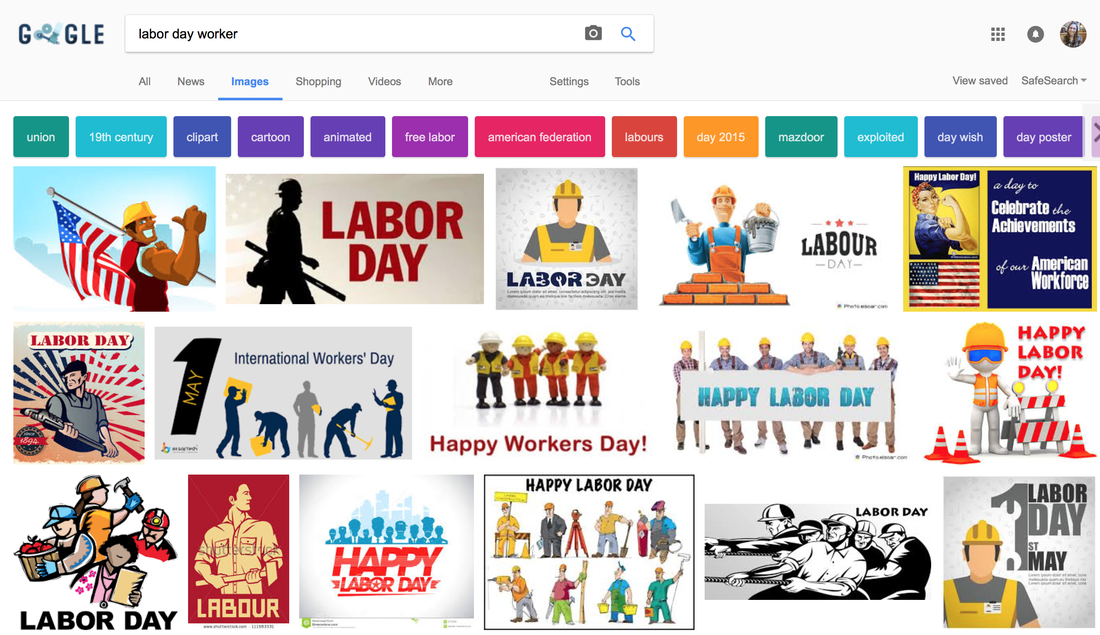

 RSS Feed
RSS Feed